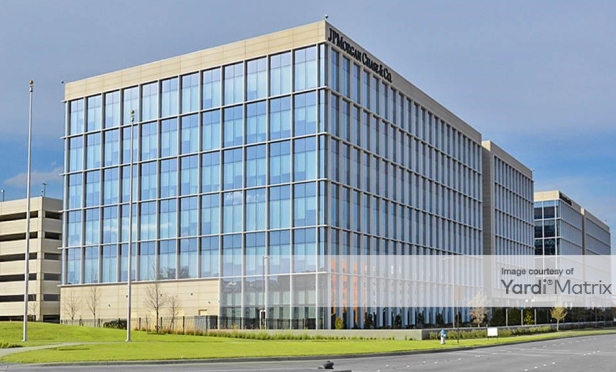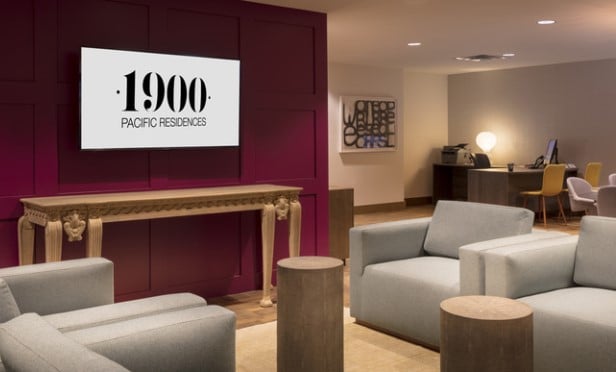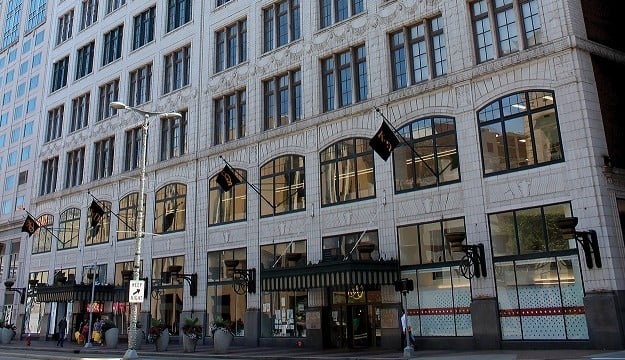
DALLAS—Texas' top-tier office markets are off to a slow start this year, wrapping up what looks like one of the worst quarters of the last five years. Statewide, the office market recorded a total of 22 sales since the beginning of the year, adding up to $504 million in sales volume and signaling a 63% decline year-over-year, according to data from CommercialCafe.
Out of the 22 sales, only 10 were disclosed-price transactions. Even though sales amassed in the remaining 12 deals would help paint a more favorable picture, overall office sales activity remained slower than usual—the past quarter was the first quarter in five years when fewer than 30 major office deals closed across the top four Texas markets. And, the 5.6 million square feet of inventory that traded during the first quarter was the lowest quarterly total in five years, says the study.
The dollar volume dropped 63% year-over-year, concluding the first quarter with $504 million in disclosed-price transactions, while prices climbed to an average of $199 per square foot through March. The average price per square foot for office properties trading on the four combined Texas markets dropped 32% year-over-year. Average prices are inching back up from falling in fourth quarter 2017, after having reached peak values of nearly $300 per square foot.
Quarterly sales activity was mostly carried by the DFW and Houston office markets, where 19 assets traded through March, says CommercialCafe. The Dallas–Fort Worth metroplex was the most active in terms of number of deals closed—11 sales were recorded during the first quarter for $87 million (prices for seven of the 11 transactions were undisclosed).
In the Dallas-Fort Worth market, office properties commanded an average of $108 per square foot. Last month, in one of the largest purchases, buyers Libitzky Property Companies and Sunwest Real Estate Group purchased 1925 West John W. Carpenter Fwy. from MetLife Real Estate Investment for $45.2 million.
At the same time, developers have been hard at work—nearly 4.8 million square feet of product were delivered in the Austin, Dallas-Fort Worth, Houston and San Antonio office markets in the first quarter, and an additional 6.7 million square feet are on track for delivery in the second quarter. Some of the larger projects to be completed are corporate campus developments that consolidate various financial and tech companies' regional operations.
In Plano, the JPMorgan headquarters at Legacy West, 8181 Communications Pkwy., with 1.4 million square feet, and in Frisco at Hall Park, 3201 Dallas Pkwy., 300,000 square feet were delivered in January of this year. In Southlake, the TD Ameritrade regional office with 355,000 square feet was completed in February. And finally, in Fort Worth's Frost Tower at 640 Taylor, 285,000 square feet was finalized last month.
A total of 34 projects are on track for delivery in the second quarter. Office development remains heavily concentrated in the Dallas-Fort Worth metroplex, where 16 projects totaling 4 million square feet are due for completion by the end of June 2018. These include the 1 million-square-foot Liberty Mutual towers I and II being constructed at Legacy West (due in June), and the 20-story 500,000-square-foot PwC Tower at Park District that is being developed by Trammell Crow in Uptown Dallas (due in May).
“The DFW office remains the top in-demand office market in Texas and the nation. However, we believe that future H2 2018 and 2019 base rental rates could slow, especially in Uptown. This is being driven by rising occupancy costs and operating expense growth,” Doug Ressler, director of business intelligence, Yardi-Matrix, tells GlobeSt.com. “H1/2 2018 absorption continues to be driven by large users occupying new campuses, which we anticipate will experience slowing in 2019.”
© Touchpoint Markets, All Rights Reserved. Request academic re-use from www.copyright.com. All other uses, submit a request to [email protected]. For more inforrmation visit Asset & Logo Licensing.







